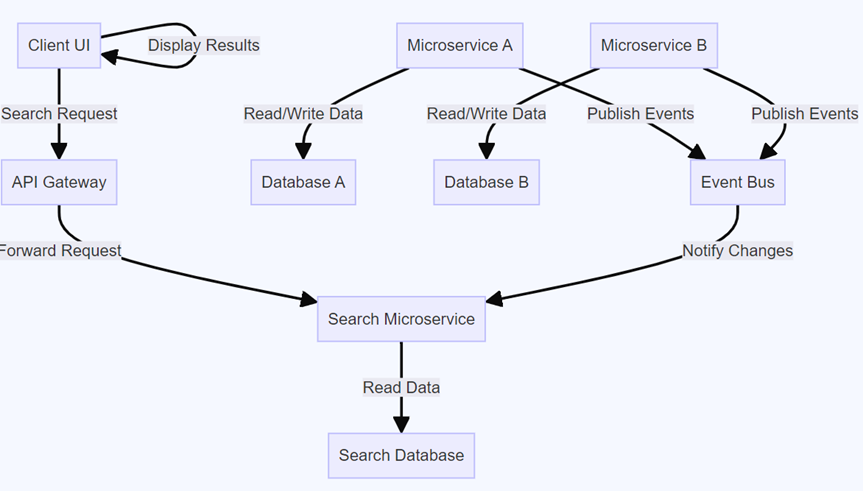In the realm of secure intranet applications, protecting sensitive data while ensuring easy access for authorized users is paramount. Traditional setups often rely on public API gateways, which can expose internal services to unnecessary risks. Here, we explore an innovative approach: using OpenResty as an external load balancer within a DMZ, integrated with a custom authentication system (FAMS). This architecture not only enhances security but also offers greater control over internal traffic management.
Why Move Away from Public API Gateways?
Public API gateways are designed for wide accessibility, which can be a double-edged sword for intranet applications. They expose endpoints to the public internet, increasing the attack surface. Furthermore, their generic nature might not align well with specific internal security protocols.
The OpenResty Advantage in a DMZ
OpenResty, an enhanced version of the Nginx web server, offers a powerful platform for building a more controlled and secure network architecture. Deployed as an external load balancer in a DMZ, it acts as a gatekeeper, ensuring only authorized traffic reaches the internal network. This setup significantly reduces exposure to external threats.
Key Benefits:
- Custom Traffic Management: Tailor traffic routing and load balancing to fit the unique needs of your intranet environment.
- Enhanced Security: With OpenResty in the DMZ, exposure to external threats is minimized, as it handles all incoming traffic and requests.
- Flexibility and Scalability: OpenResty's modular architecture allows for easy scalability and adaptability to changing security requirements.
Integrating FAMS for Authentication
FAMS, our custom authentication system, plays a critical role in this architecture. By integrating FAMS with OpenResty, we establish a robust authentication process for all incoming requests.
How it Works:
- Authentication at the Entry Point: OpenResty intercepts all incoming requests. It then leverages FAMS to authenticate and authorize these requests before allowing access to internal services.
- Seamless User Experience: Users interact with the intranet applications as usual, but with an added layer of security. The authentication process is transparent and efficient.
Overcoming Public API Gateway Limitations
This OpenResty and FAMS-based solution effectively addresses the limitations of public API gateways in several ways:
- Reduced Public Exposure: By situating the load balancing and authentication mechanisms in a DMZ, the internal network remains isolated from direct public access.
- Tailored Security: Unlike a one-size-fits-all public API gateway, this setup allows for customized security measures that align precisely with internal policies.
- Control Over Traffic: Direct control over routing and load balancing ensures that only legitimate, authenticated requests are processed.
Conclusion
For organizations seeking to bolster the security of their intranet applications, transitioning from a public API gateway to an OpenResty and FAMS-based architecture offers a compelling solution. This approach not only enhances security but also provides greater control and flexibility, ensuring that internal applications remain both accessible and protected.







